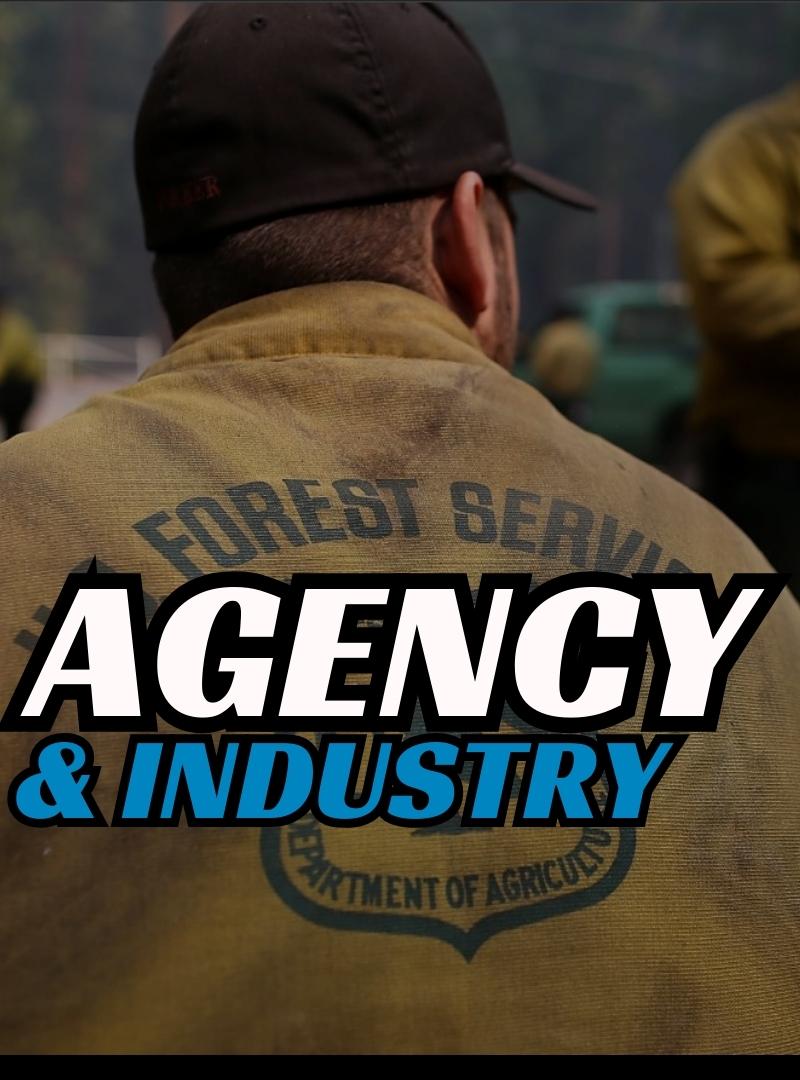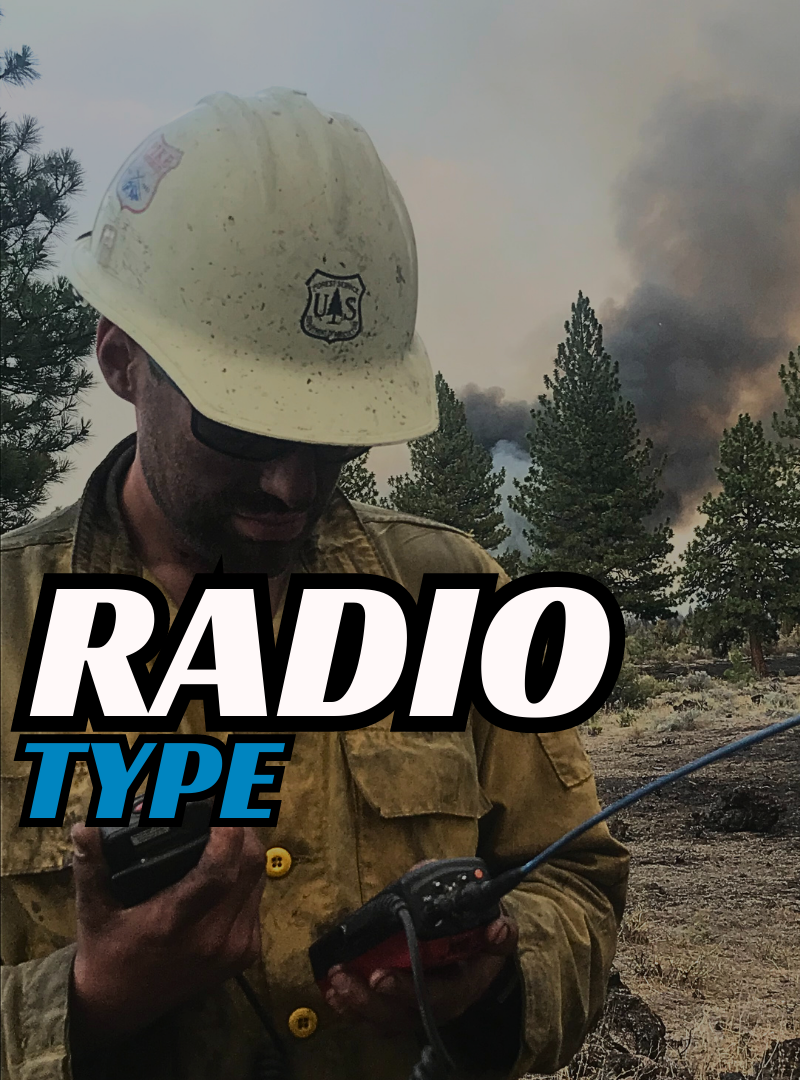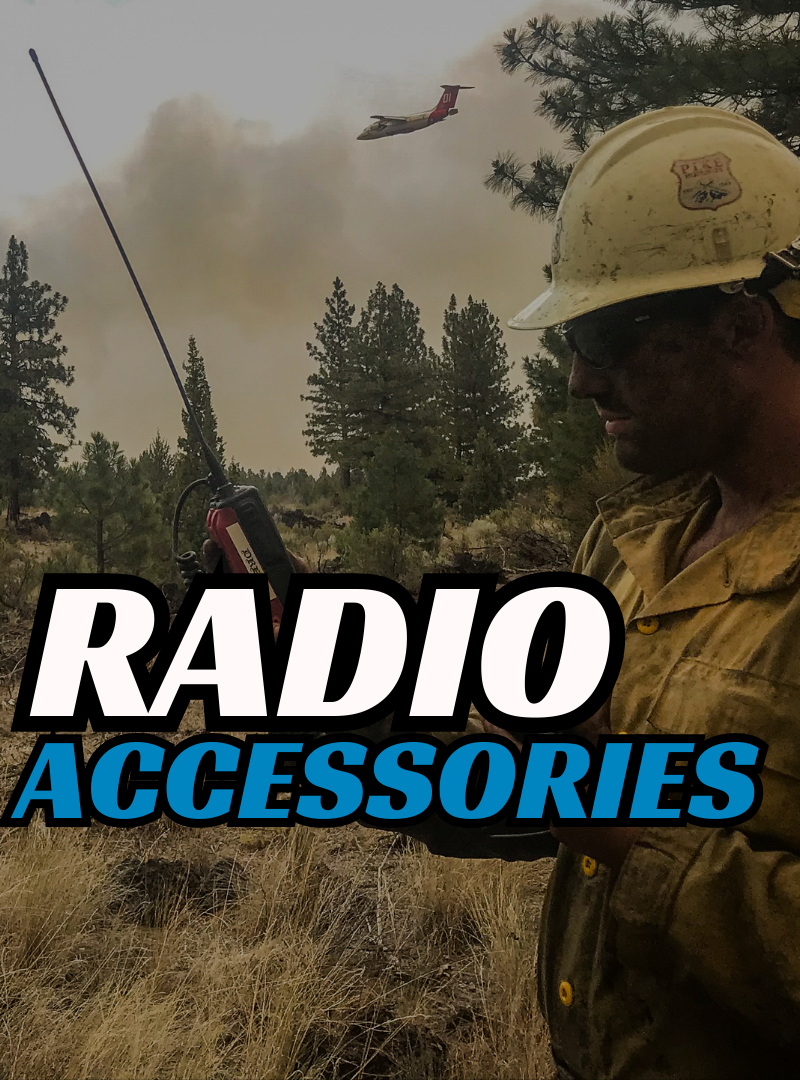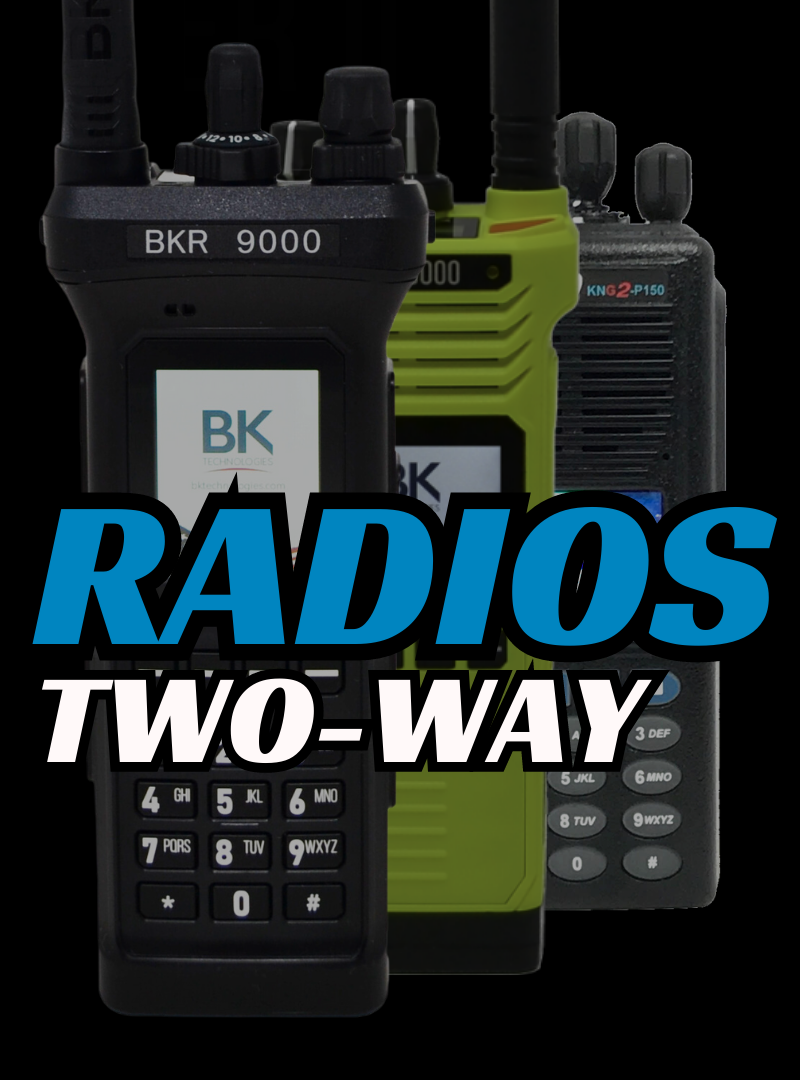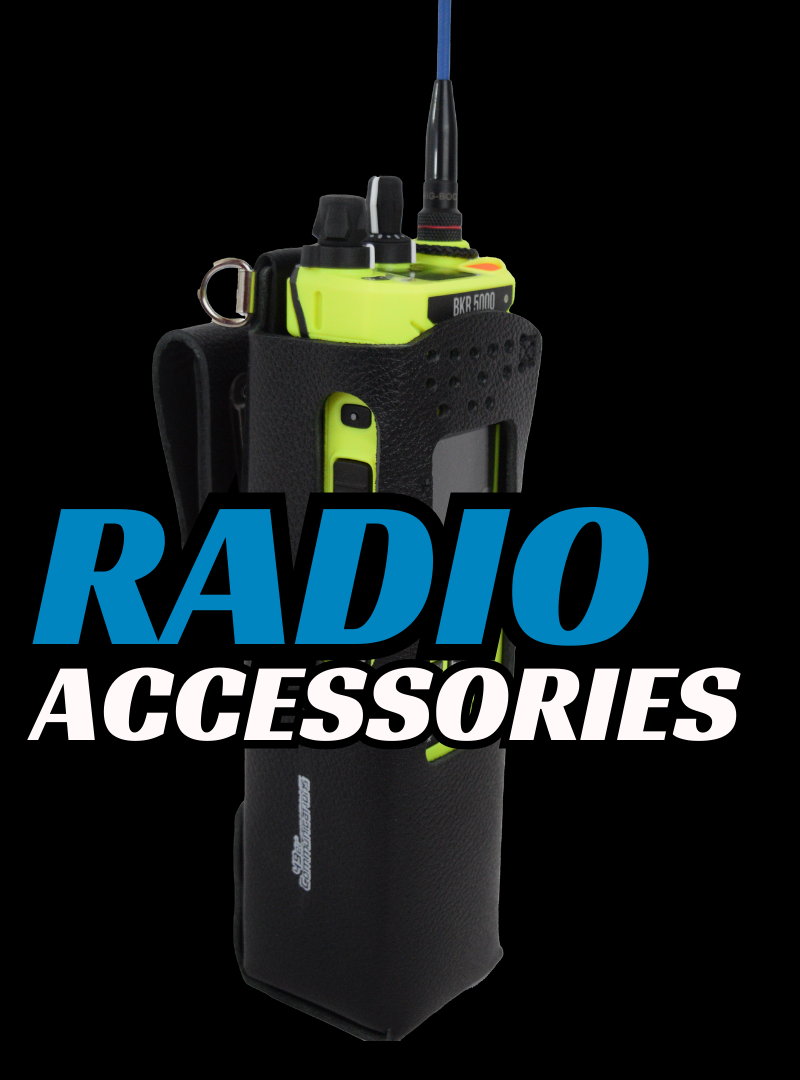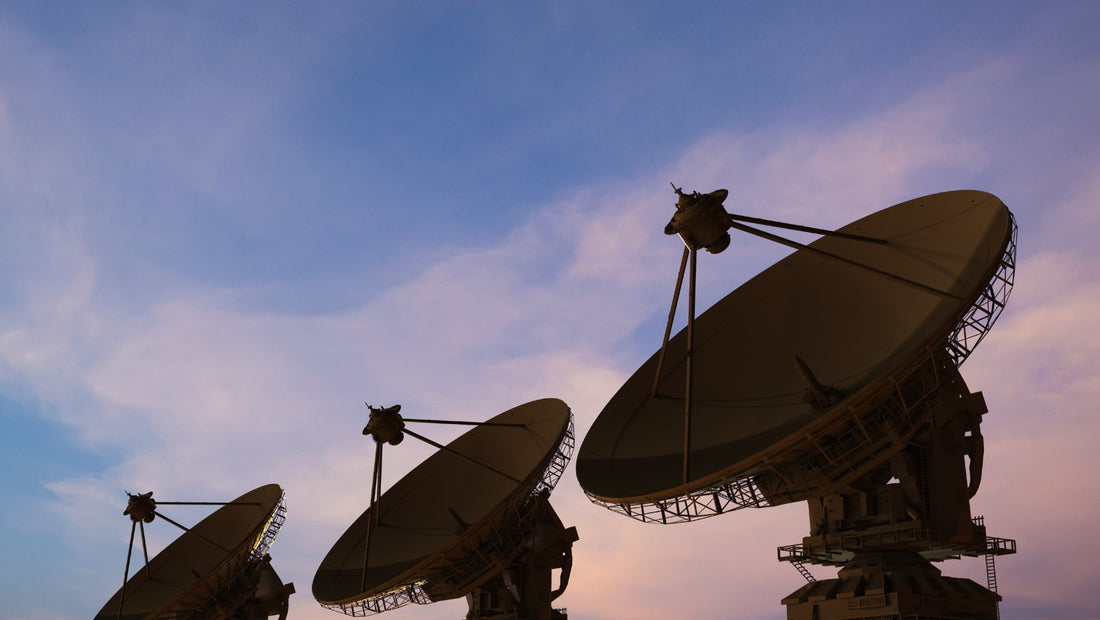
Why Wildland Firefighters Should Rethink Satellite Communication (And Who Should Embrace It)
In the world of public safety, reliable communication is not just important—it’s critical. For wildland firefighters, first responders, and other public safety professionals, communication tools can make the difference between life and death. While satellite technology, such as Iridium and Starlink, is advancing rapidly, it’s not always the best choice for all frontline responders—especially wildland firefighters. But in other fields, it’s a game-changer. Let’s explore why satellite communication isn’t the ideal solution for some, and where it’s an absolute must.
Why Satellite Technology (Including Iridium and Starlink) Isn’t the Best Fit for Wildland Firefighters
1. Terrain Interference and Limited Line of Sight
One of the biggest challenges for satellite systems, including Iridium and Starlink, is their reliance on clear line-of-sight to satellites. Wildland firefighters often operate in mountainous or densely forested areas, where smoke, heavy tree cover, and rugged terrain block signals. Radios like the BKR 5000, on the other hand, are designed to work in these environments by utilizing repeaters and wide-area coverage networks.
Iridium, with its global coverage via a large constellation of low Earth orbit (LEO) satellites, can mitigate some terrain challenges better than geostationary systems, but it still struggles in dense canyons or deep forest areas—common environments for wildland firefighters.
2. Setup and Ease of Use
Firefighters need communication devices that are quick and easy to deploy. Radios can be operated with minimal setup, allowing instant communication. In contrast, both Starlink and Iridium require more initial setup and technical understanding, with Starlink’s ground terminals needing a clear view of the sky to connect to satellites. This extra step can be impractical in fast-moving firefighting situations where quick, hands-free operation is key.
3. Cost Concerns
Satellite communication systems like Iridium and Starlink come with higher price points, both in terms of hardware and ongoing service fees. Wildland firefighters often rely on cost-effective radio communication systems like the BKR 5000, which provide robust performance at a lower overall cost, especially when working in large teams that require multiple units.
4. Bandwidth and Group Communication
Firefighting operations require seamless group-wide communication. While Iridium and Starlink offer one-on-one or small-team communication capabilities, they aren’t optimized for the large-scale group communication that’s required in firefighting. Radios continue to provide superior bandwidth for instant communication across large teams, without the risk of network congestion.
Where Satellite Technology, Iridium, and Starlink Excel
1. Remote Operations Beyond Radio Range
For individuals or small teams working in extremely remote locations beyond the reach of traditional radio networks, Iridium’s global satellite coverage becomes invaluable. Iridium is especially useful for maritime, aviation, or polar region communications, offering voice and data services from anywhere on the planet.
Starlink, with its satellite internet system, is also a game-changer in remote areas where terrestrial internet isn’t available. For scientists, explorers, or environmentalists working in isolated regions, Starlink provides reliable internet connectivity, making it a great fit for data-heavy tasks like video conferencing, uploading research, or accessing cloud-based resources in real time.
2. Disaster Recovery and Emergency Backup
Iridium excels as an emergency backup communication tool during disasters like hurricanes, earthquakes, or major infrastructure failures. Its ability to operate independently of terrestrial communication networks makes it a vital asset for disaster relief teams who need communication even when local infrastructure is down.
Starlink is emerging as a reliable solution for restoring internet connectivity in disaster zones. Its ability to provide high-speed internet in areas where infrastructure is destroyed can help aid workers, governments, and organizations coordinate rescue efforts and distribute critical resources.
3. Search and Rescue Operations
For search and rescue teams in remote wilderness areas, both Iridium and Starlink can be lifesaving tools. Iridium’s satellite phones allow teams to send GPS coordinates and communicate in environments where traditional cellular or radio systems may not reach. Starlink can support command centers with high-speed internet, enabling real-time coordination, mapping, and resource management.
4. Government Agencies and Field Operations
For government agencies or teams engaged in long-term field operations—whether it's in disaster zones or remote monitoring posts—both Iridium and Starlink provide reliable communication and internet connectivity. These systems are great fits for teams that need data transfer, internet access, and voice communication in areas outside the reach of traditional infrastructure.
The Future of Satellite Communication in Wildland Firefighting
While satellite technology isn’t yet the best fit for wildland firefighters, the landscape is evolving. As systems like Starlink continue to expand their coverage and improve portability, we could see satellite technology playing a larger role in supplementing firefighting communication systems in the future. For now, however, the simplicity, reliability, and group-wide connectivity offered by BKR 5000 radios and other two-way communication devices remain the gold standard for firefighters in the field.
Conclusion
In summary, while satellite communication systems like Iridium and Starlink offer valuable features and excel in certain remote or emergency applications, they are not yet the best fit for the rapid, group-based communication needed by wildland firefighters. However, they play crucial roles in other fields, such as disaster recovery, search and rescue, and remote scientific research. As technology advances, we may see satellite communication become more practical for firefighting and other high-stakes emergency services, but for now, radios remain the most reliable choice on the frontlines.

